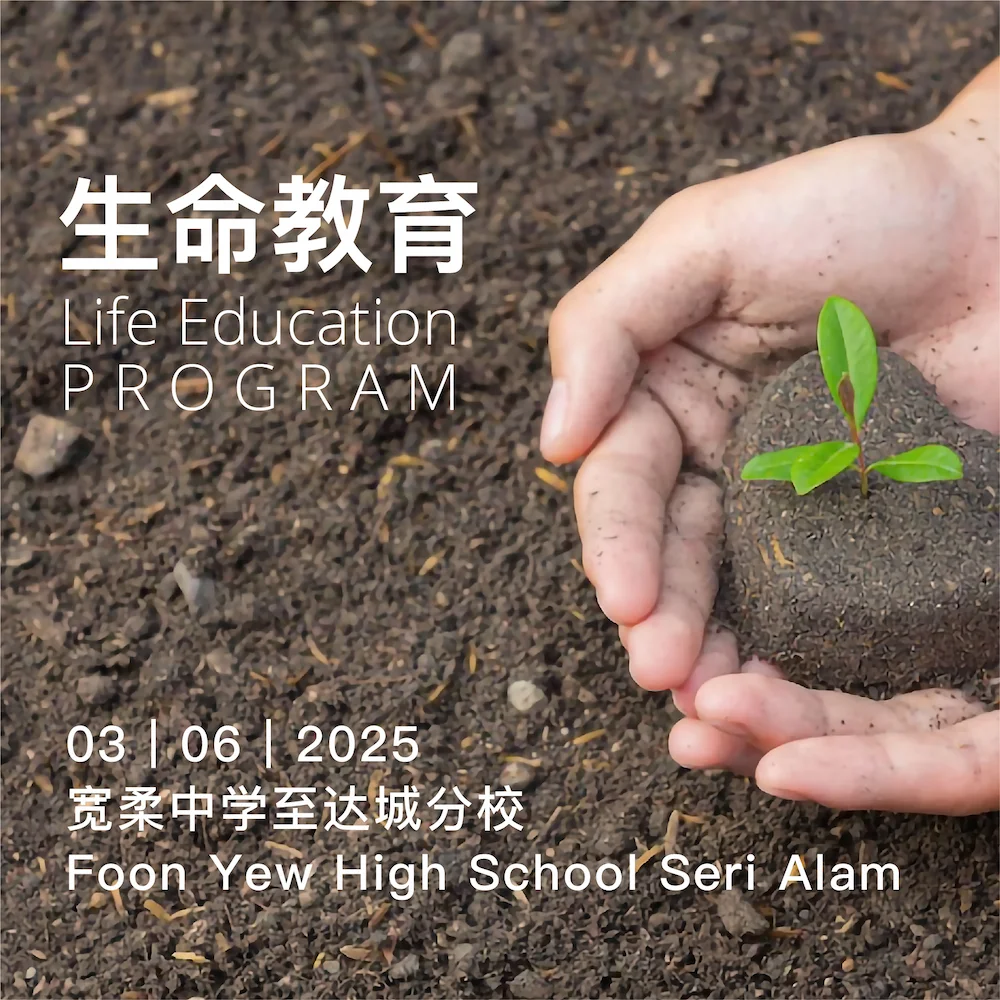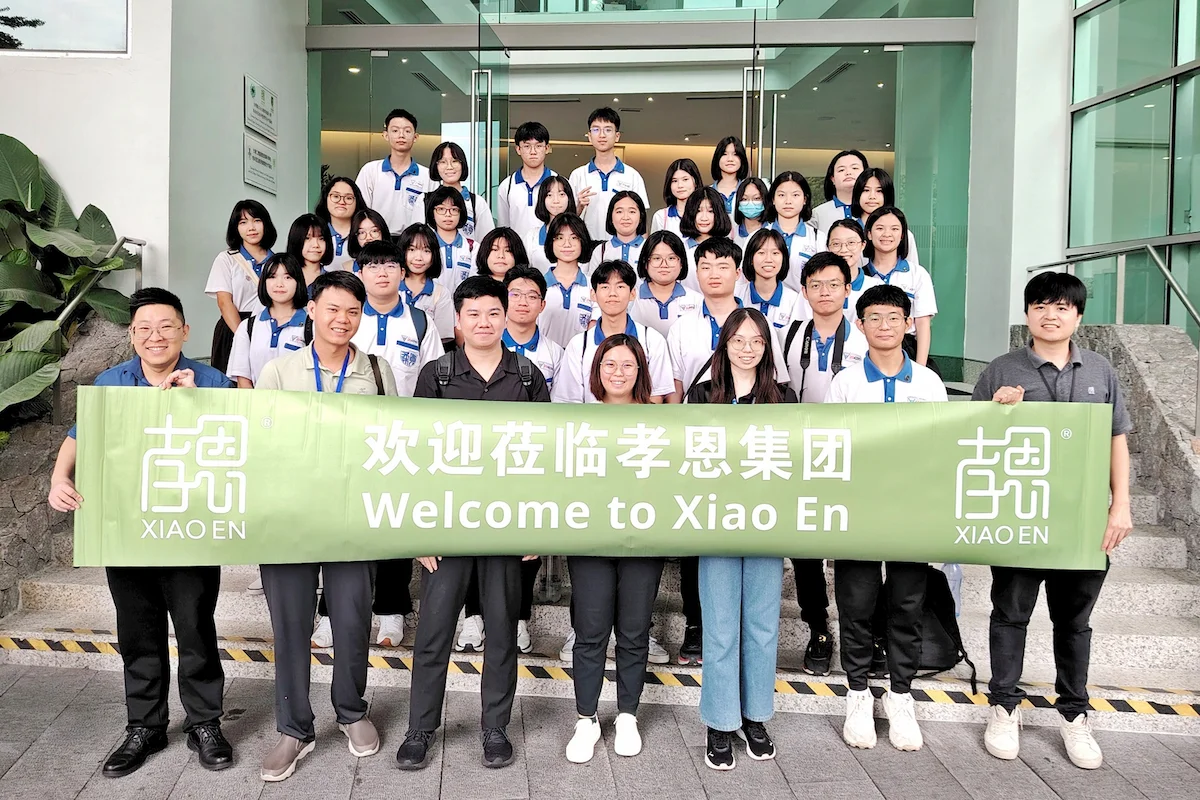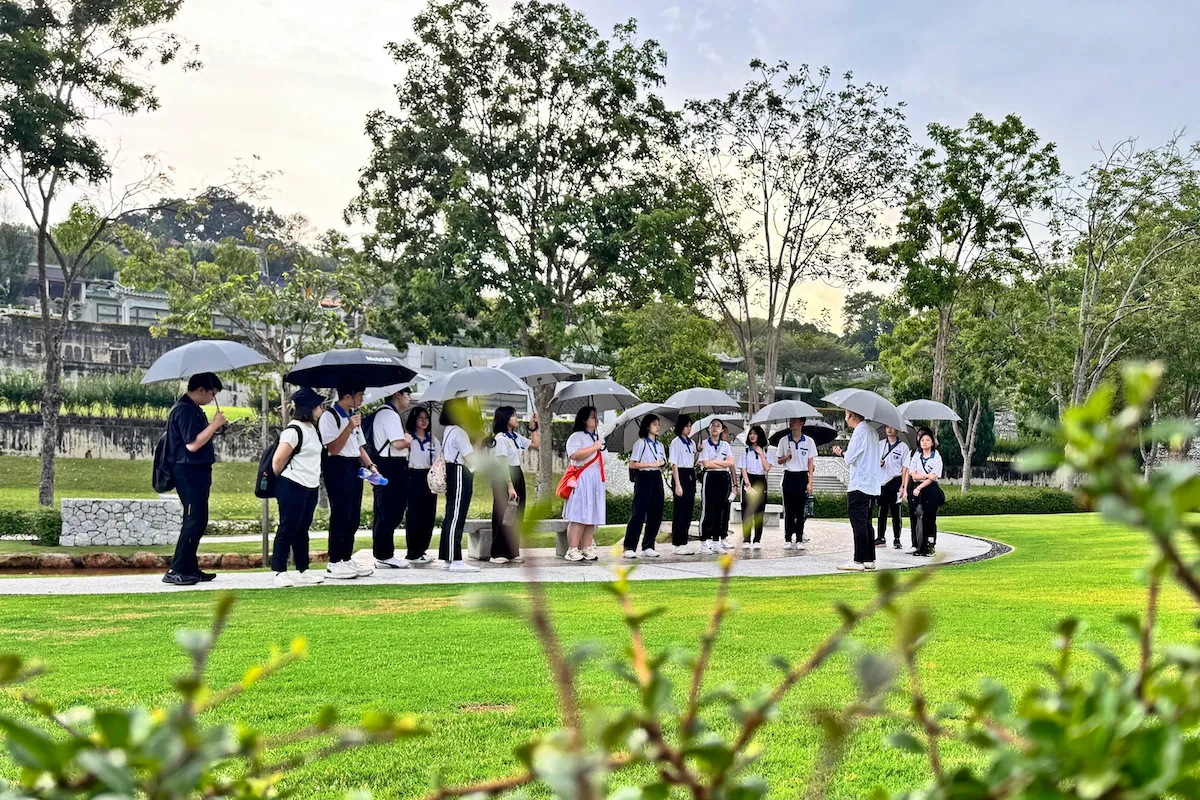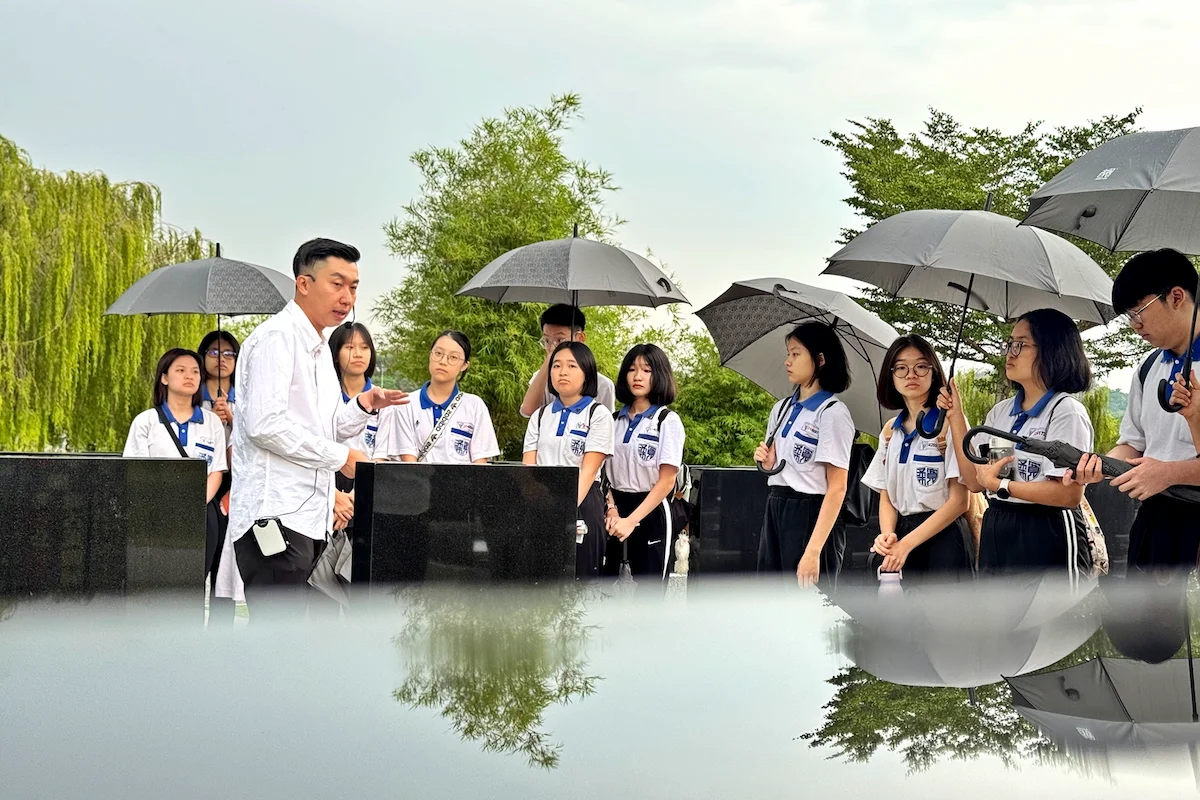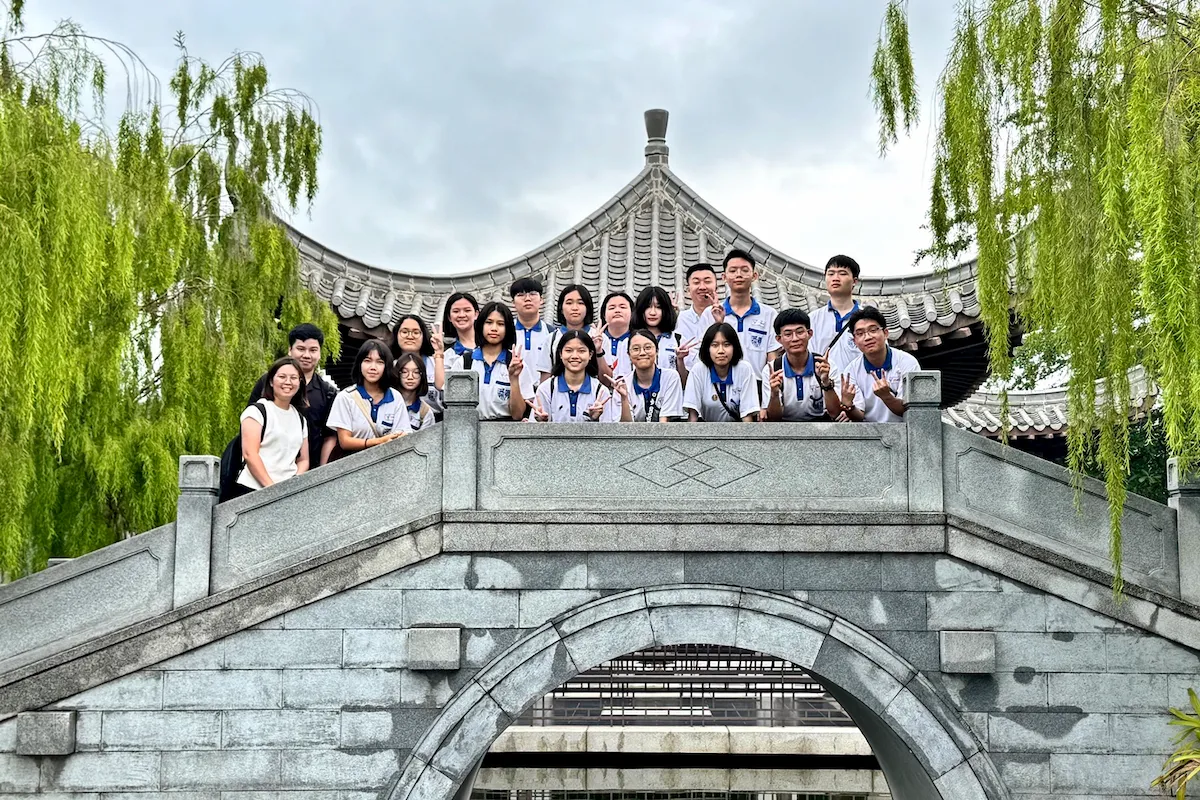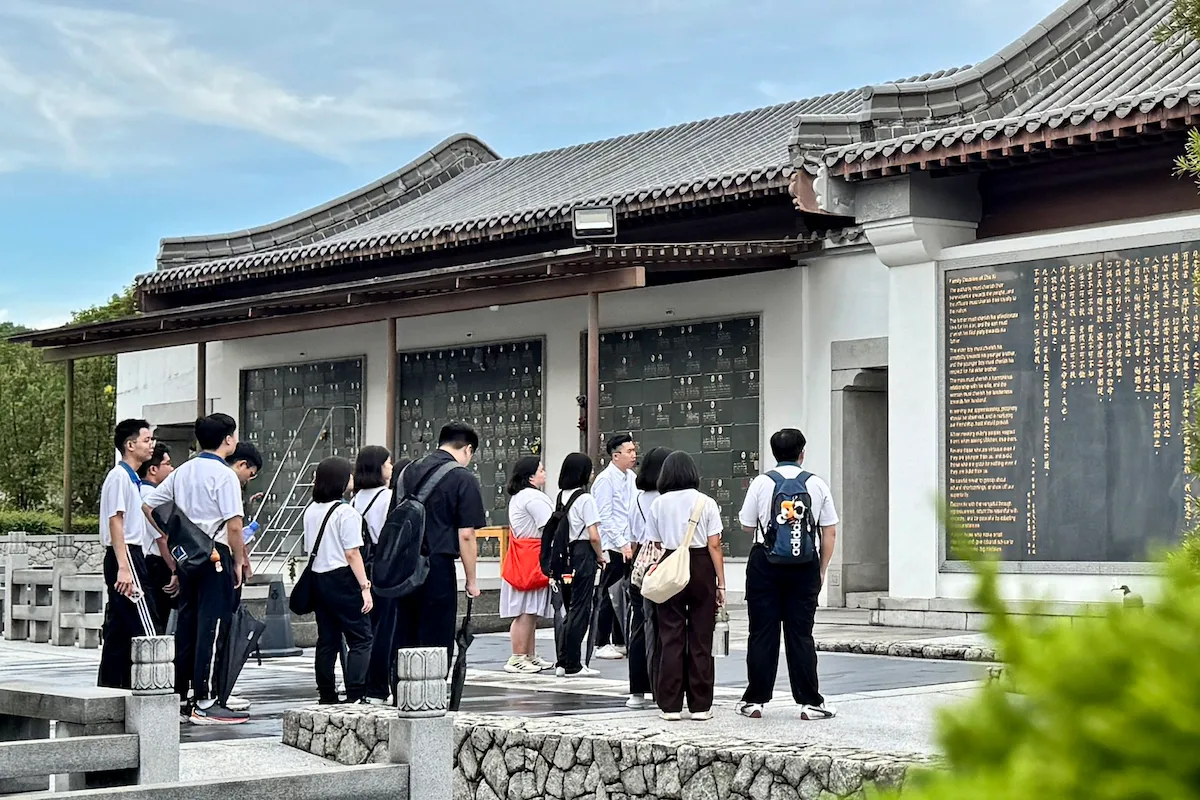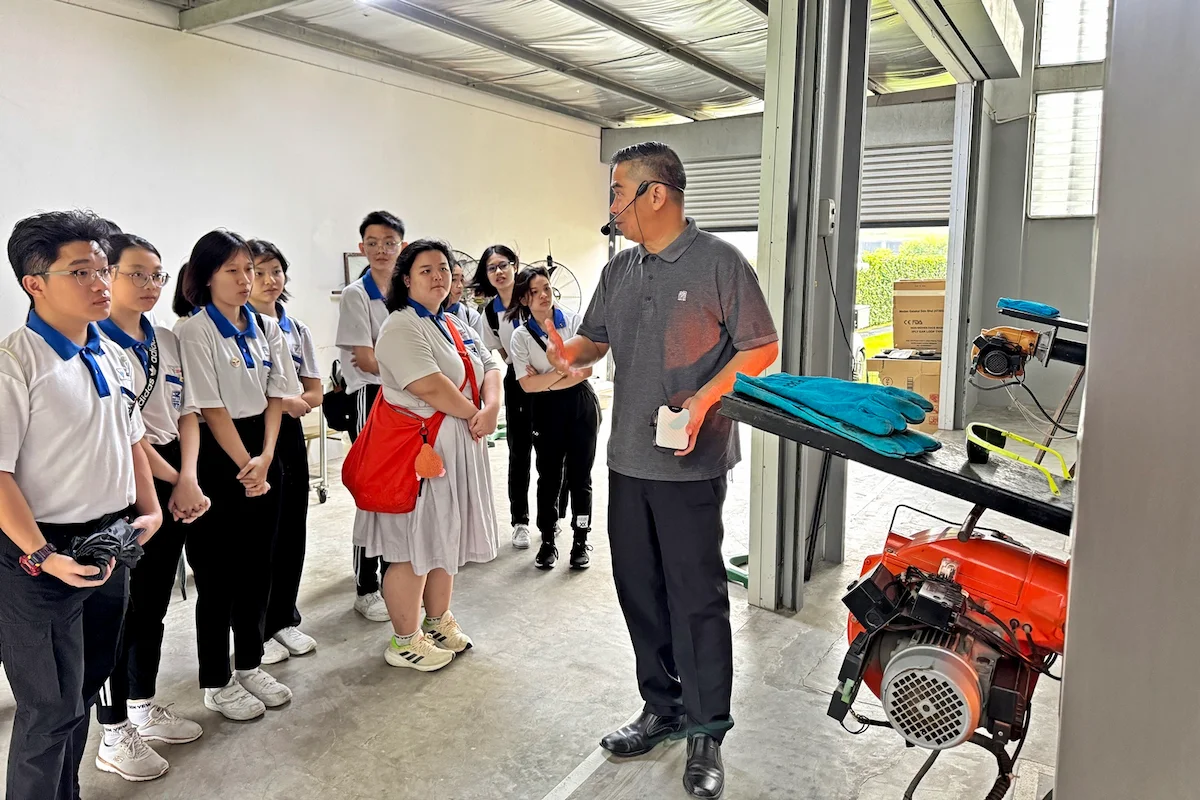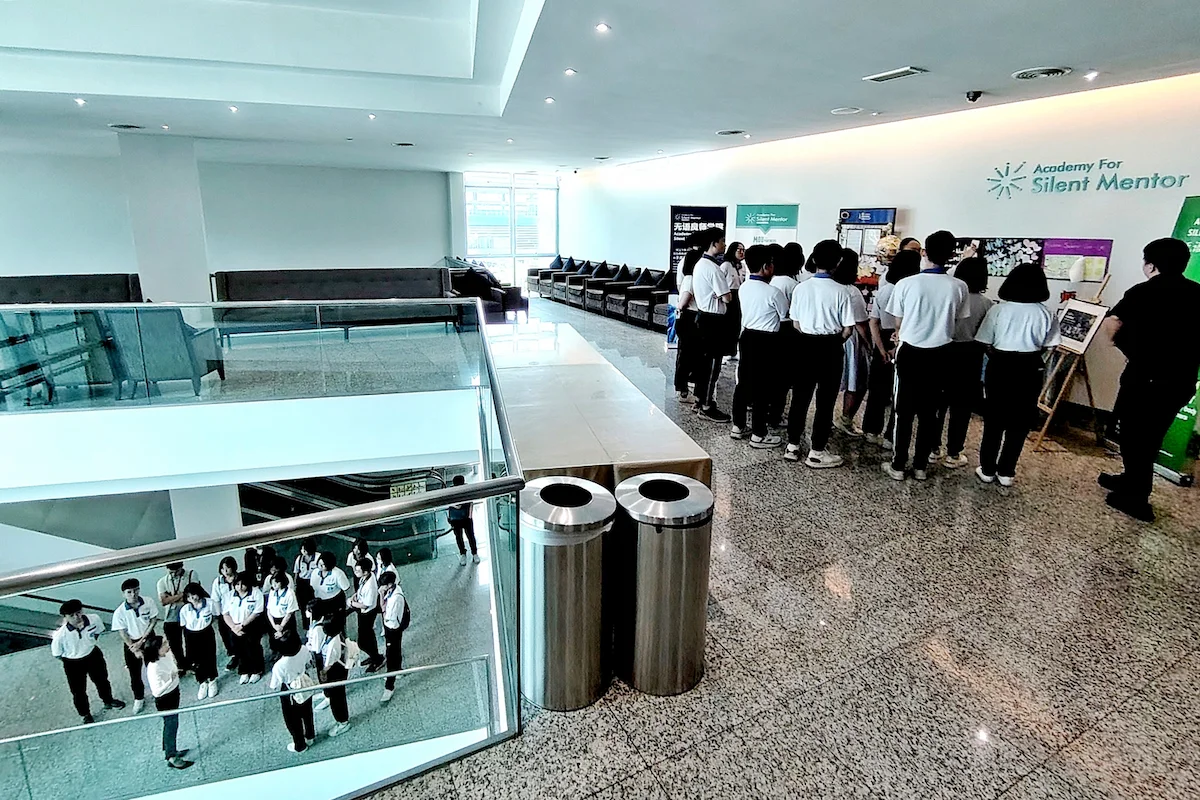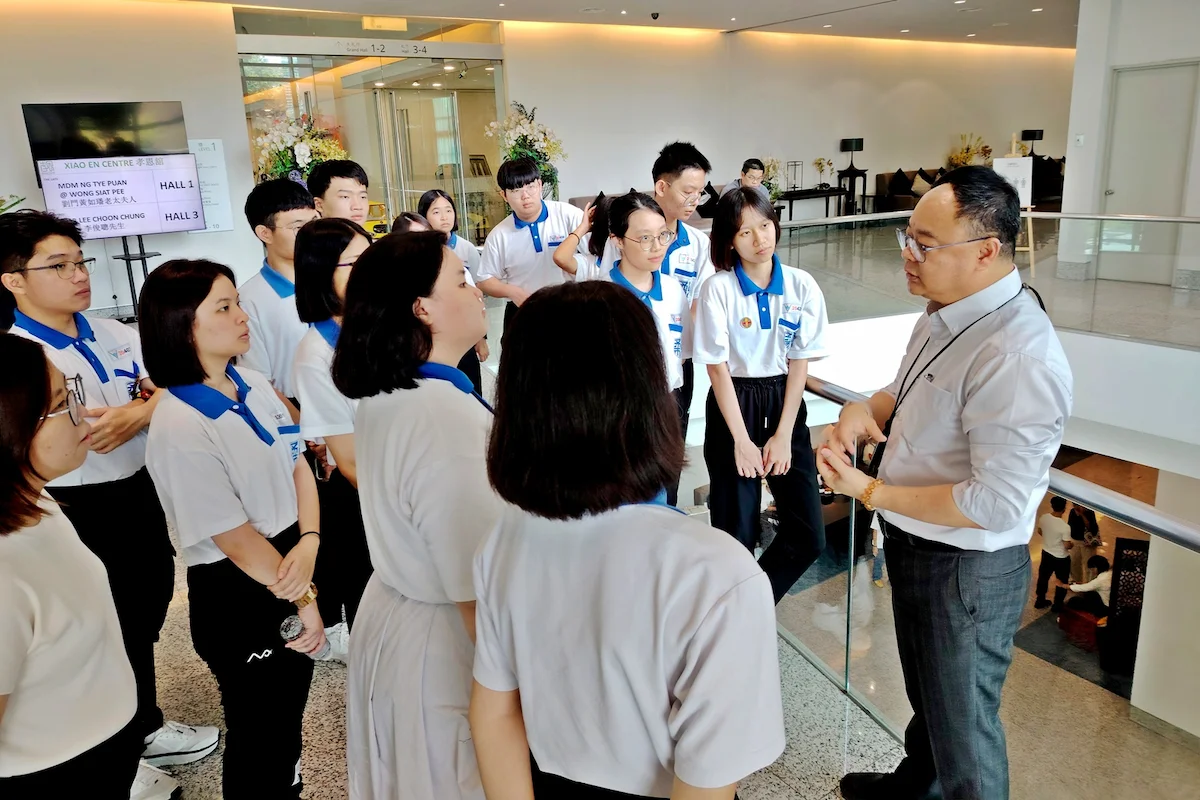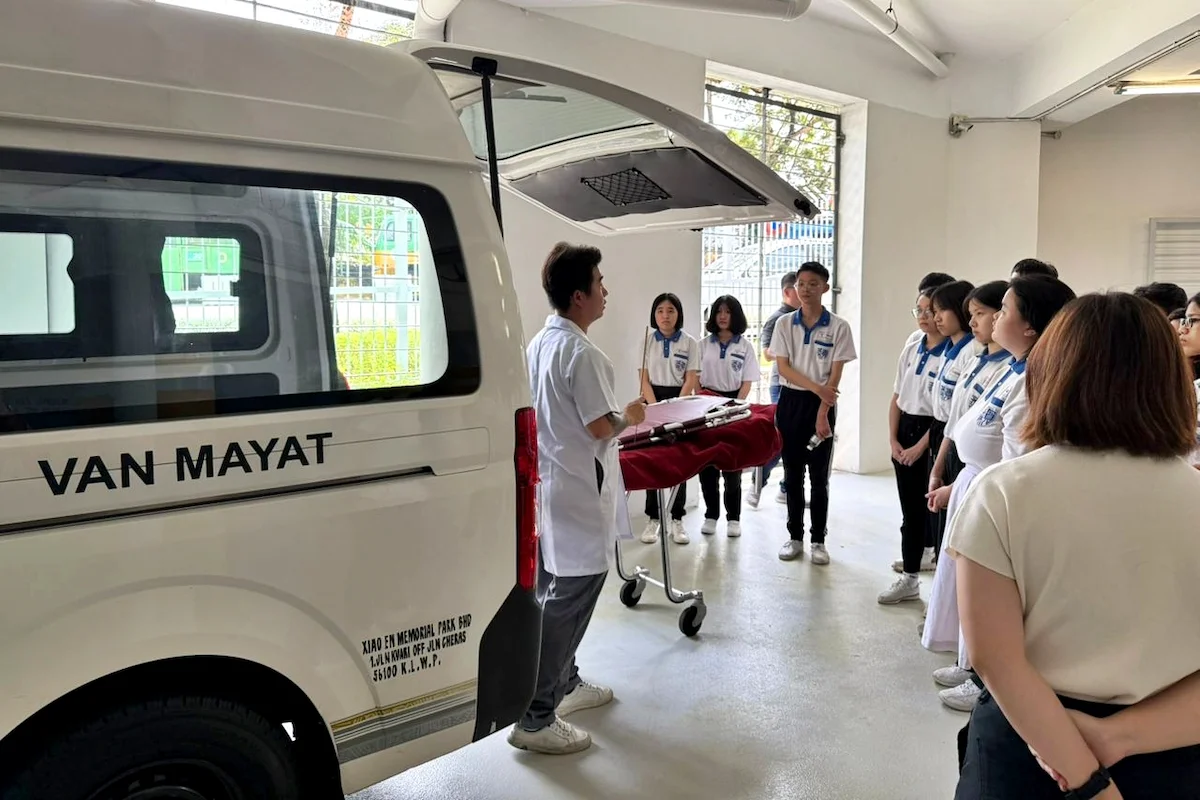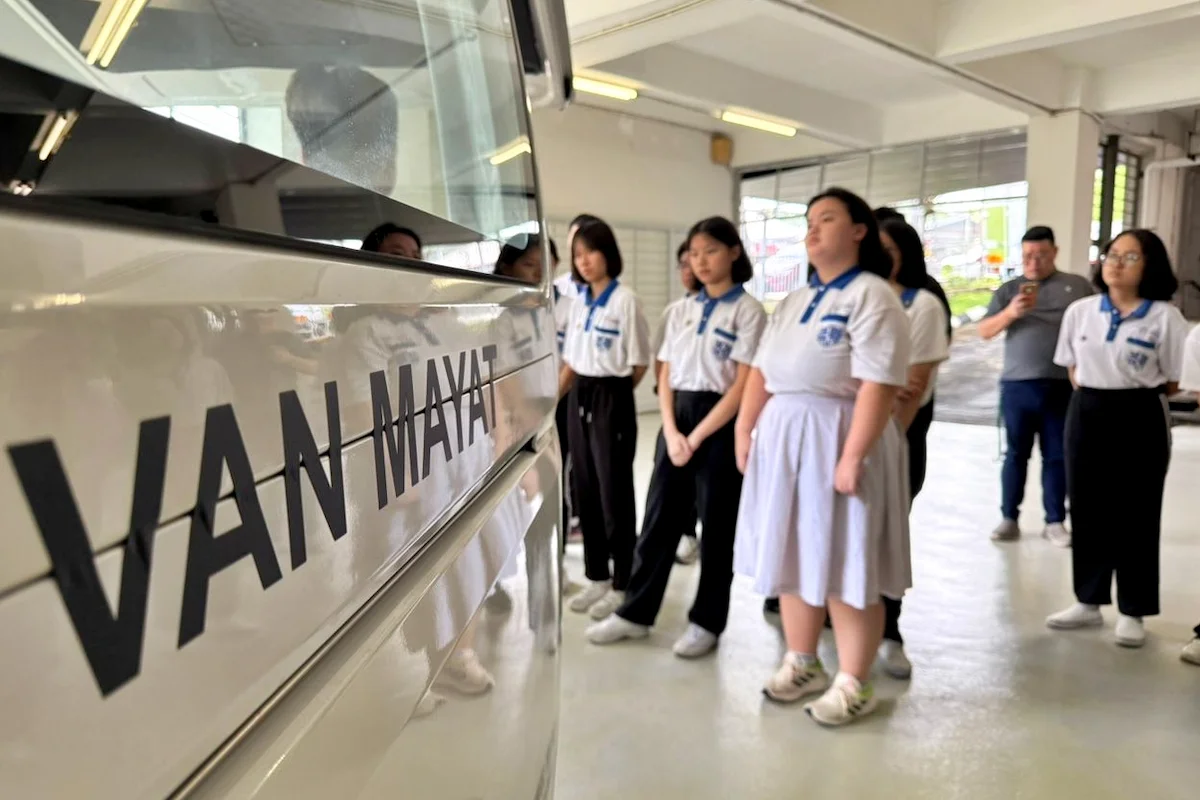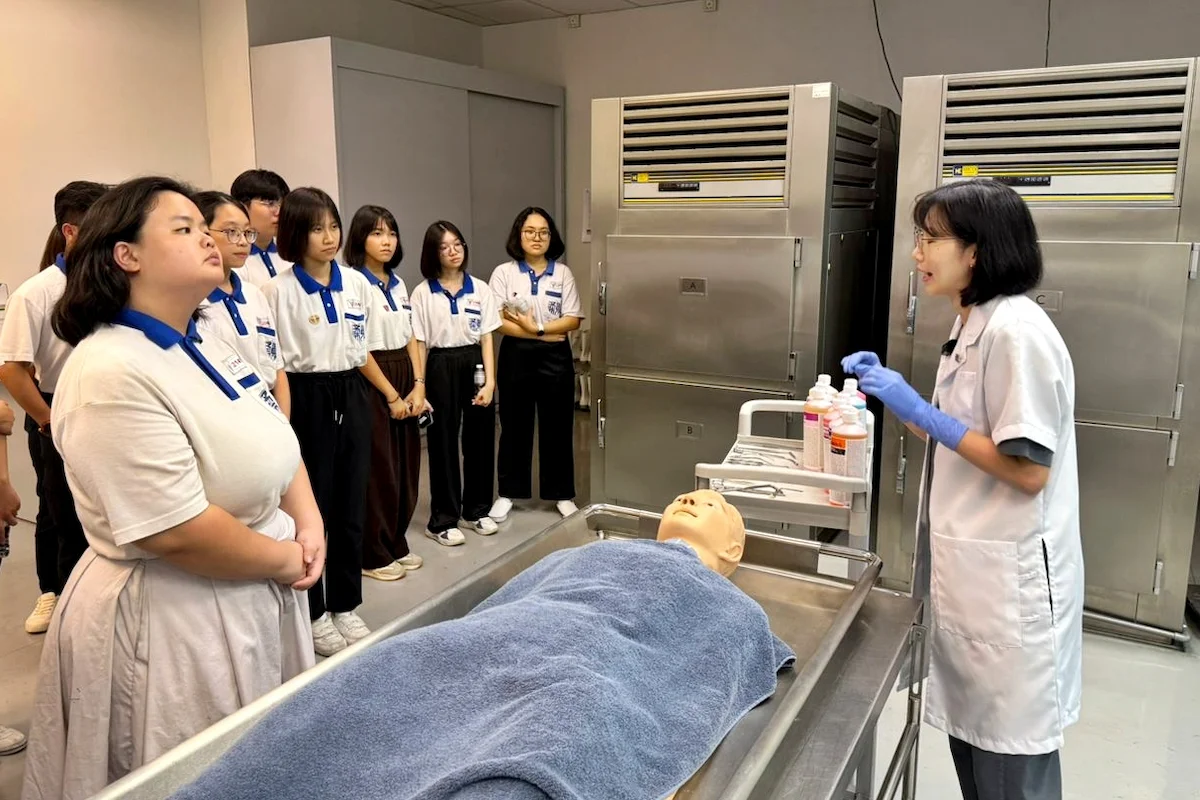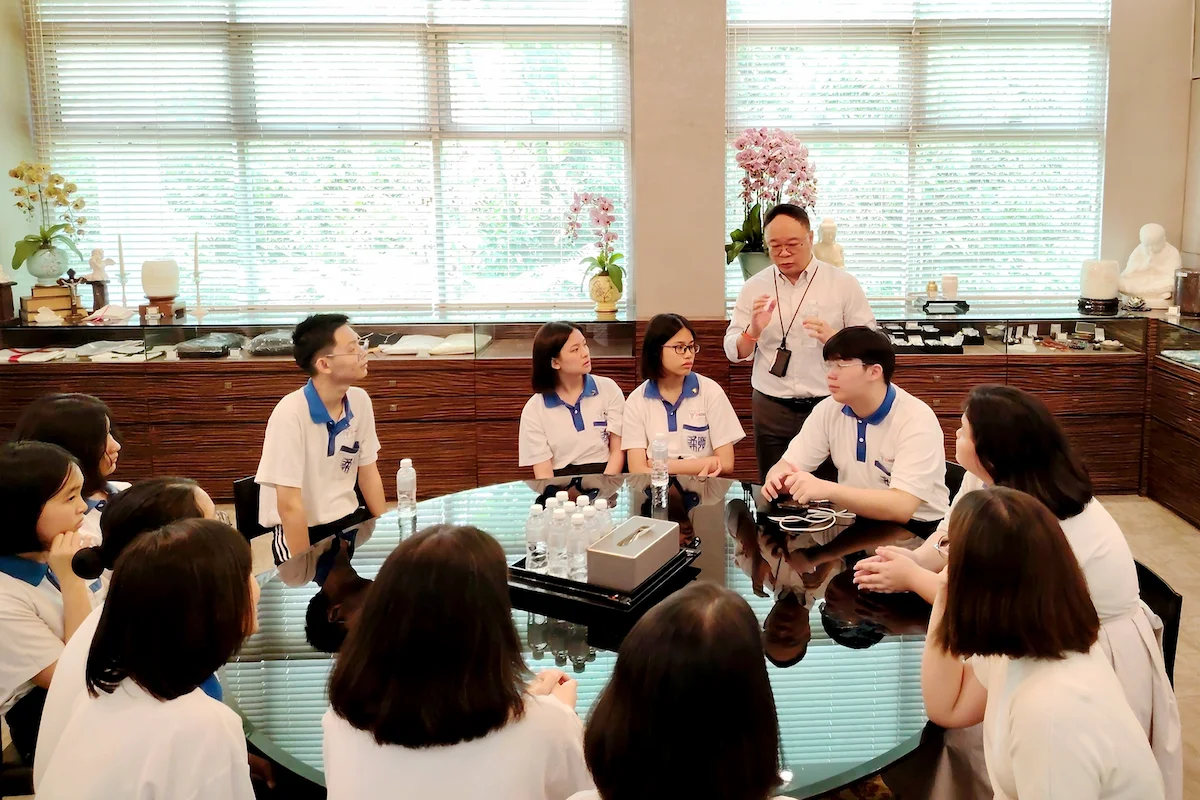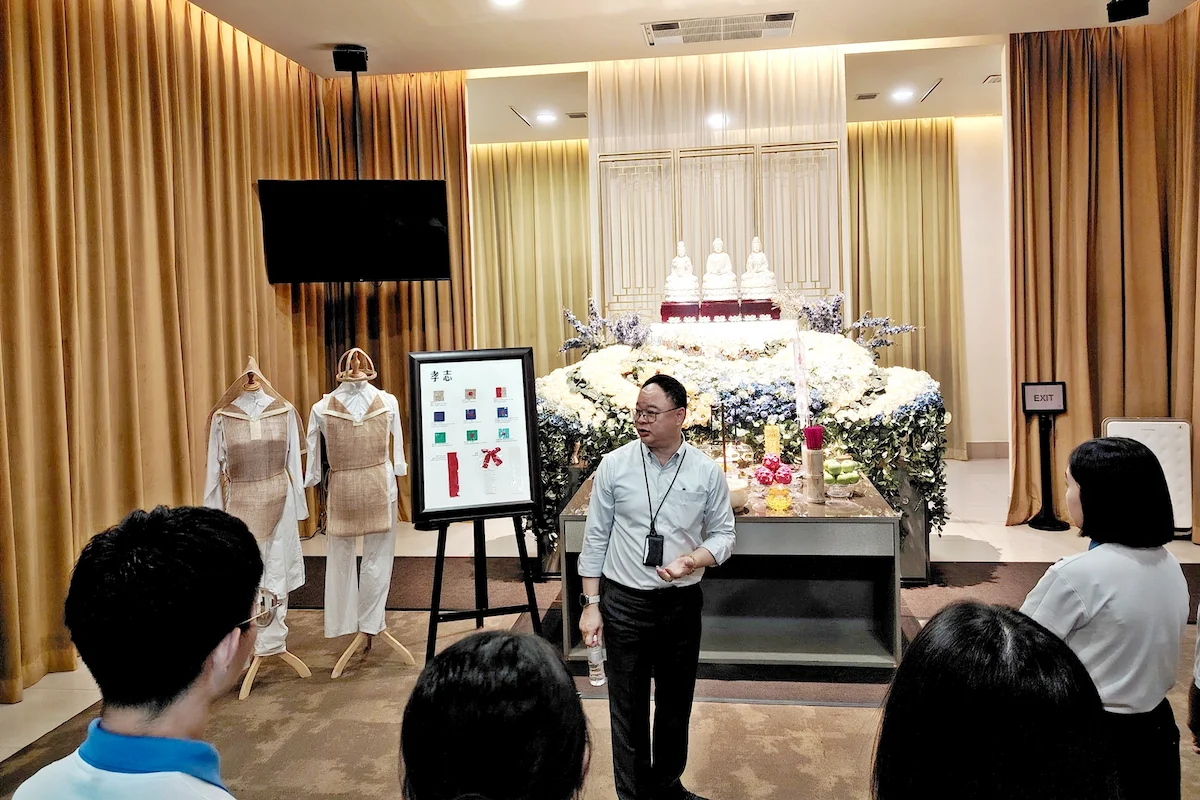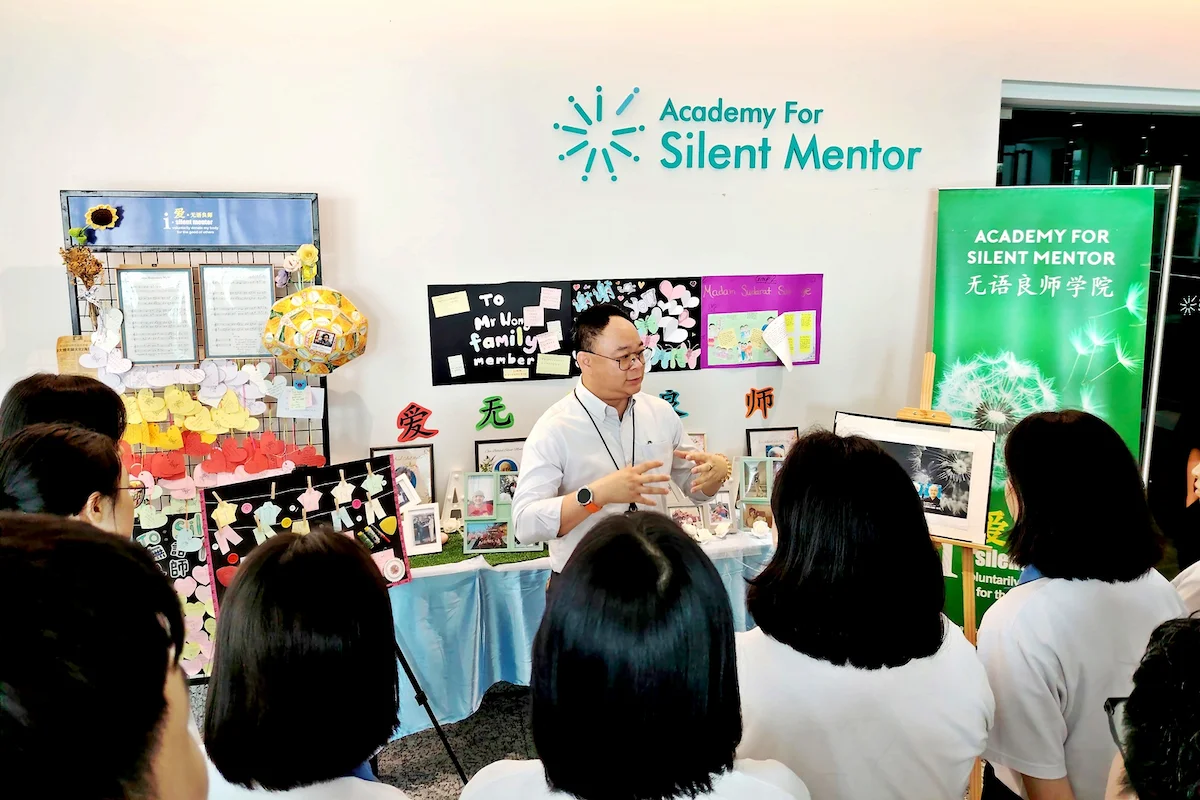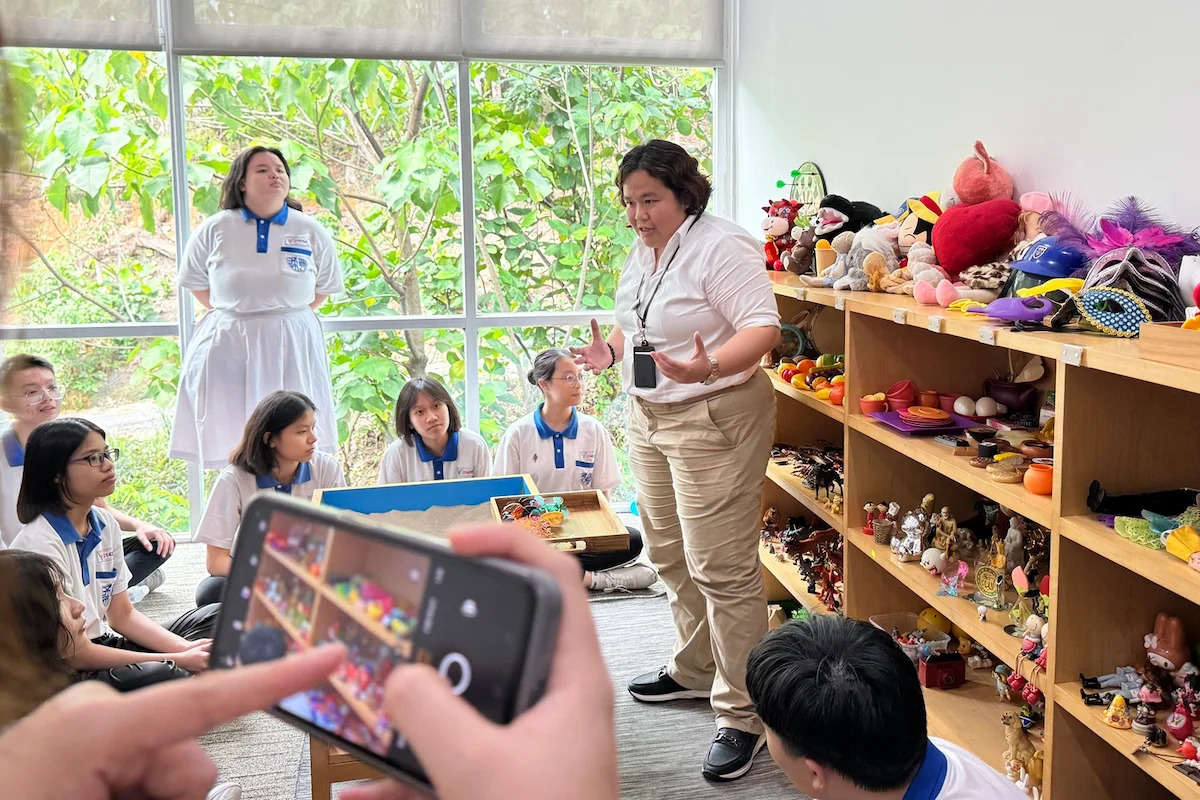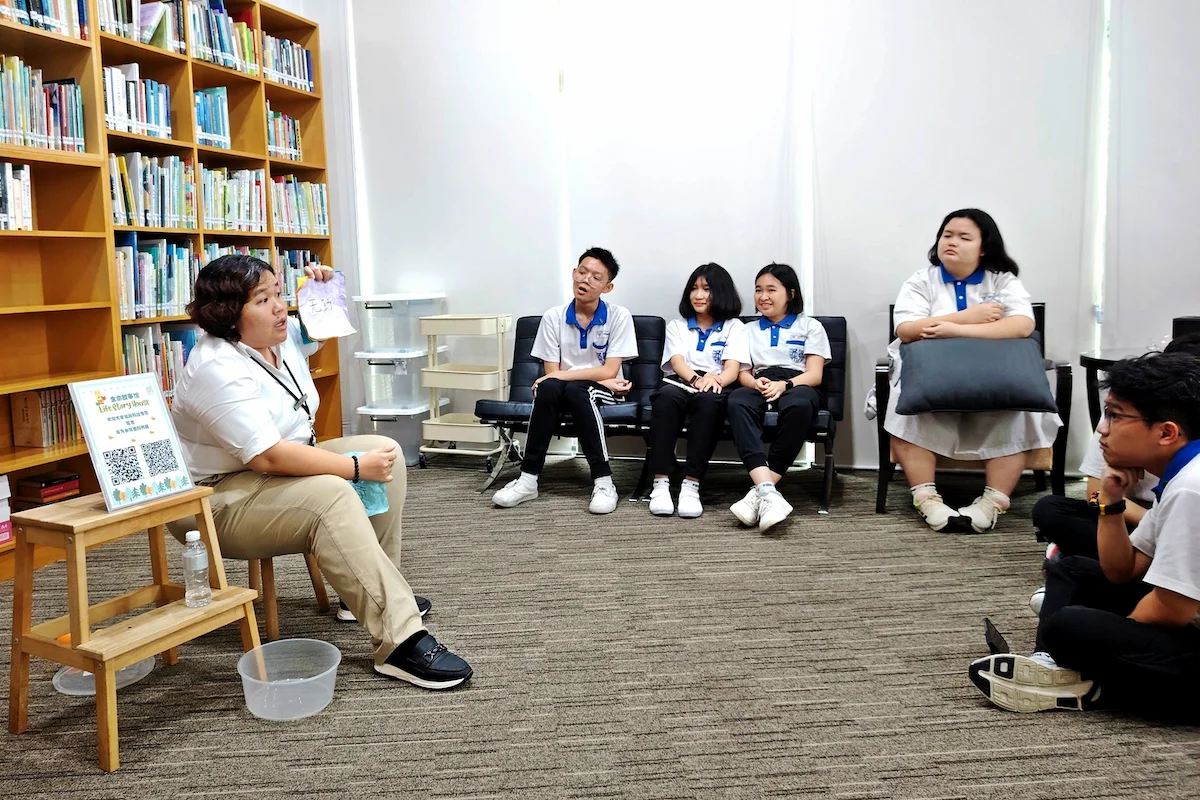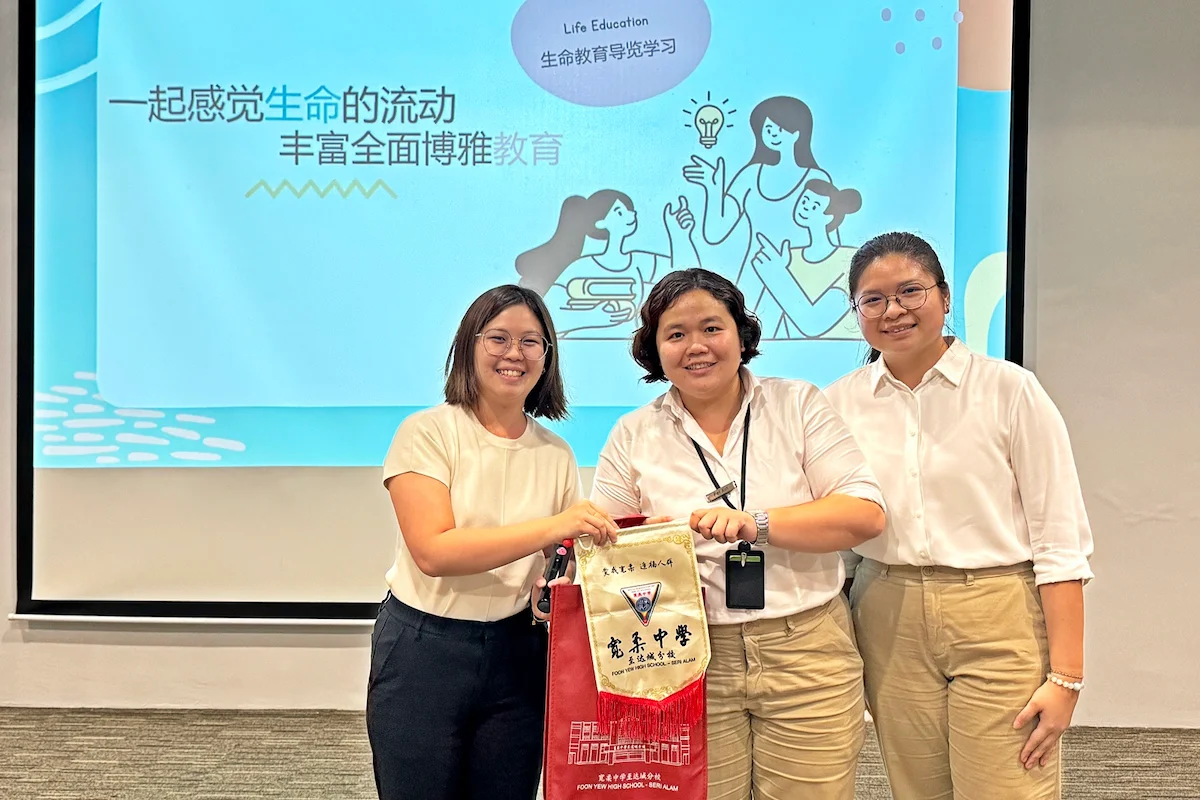In just a day, these students made the effort to travel across states—a journey that wasn’t easy. Departing from Johor in the early hours, they spent 3–4 hours on the road to reach Xiao En Memorial Park, where they explored the relationship between park operation and life.
Here, the cemetery is not only a place for ancestors to rest eternally, but also a testament to family lineage. It is where life and farewell do not stand in stark opposition, but are intertwined and connected by love and remembrance. It is also a space that meaningfully fulfills social functions.
“Because it feels more like a park, it reduces the spread of fear.”
“Death is not the end, nor a severance, but the beginning of life in motion.”
“Commemoration, remembrance, inheritance—these allow life to continue in another form.”
In the afternoon, they returned to Xiao En Centre, where the journey of learning to “live by facing death” became more direct. They encountered real-life settings and professionals on the frontlines of completing life’s final chapters, reflecting deeper values and insights.
“Though the clinical care room was cold, certain gestures made me feel warmth and kindness.”
“Thank you to the Life Practitioners for sending them off gracefully to another world.”
“I hope my grandfather, when he passed, was also cared for with such dignity.”
“I felt solitude, but also warmth.”
“Sadness is inevitable, but there’s no forcing it — we are allowed our own pace.”
“From the initial farewell to final burial, each step is connected, showing life gently flowing onward.”
“Life education gave us a chance to thoughtfully experience this flow.”
“We can cherish the past, but also move forward by creating new meaning.”
“Treasure the present, and every moment life has to bloom.”
“Even if we bring only a small glimmer of light to the world, the footprints we leave behind give life its meaning.”

